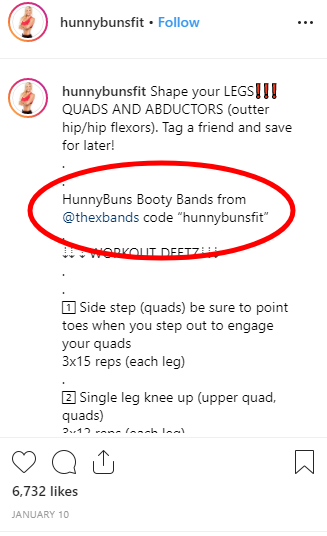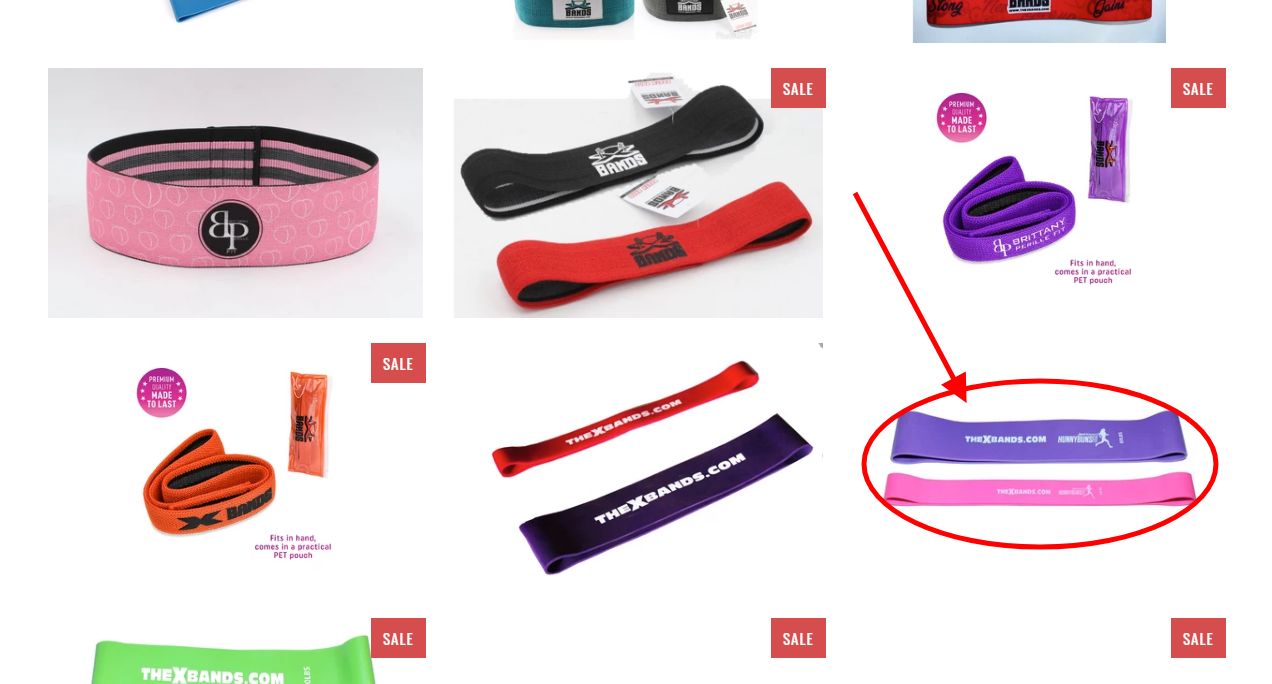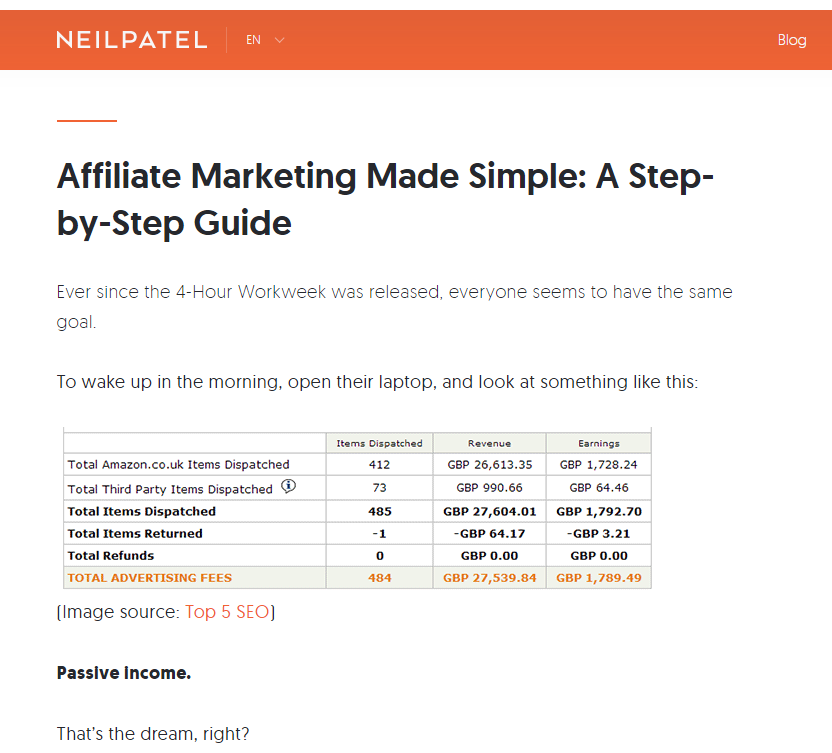You’ve got a growing business. You’ve also got an inkling to work with some micro-Influencers who have the potential to be good sources of affiliate marketing traffic. Last time, we touched on the best platforms for these Influencers. This time, let’s dive into the content that they (and you) will be creating on these platforms.
Not all content is created equal, especially since different content can cost vastly different amounts of time and money. A tweet is essentially free (though paying an Influencer to tweet for you will cost something), while producing a polished video to put on YouTube can cost thousands of dollars. Since different businesses have different audiences, it behooves you to think about where best to allocate your content calories.
Platform-Specific Affiliate Marketing Content
If you’ve done the research to discover where your market lives online, that might quickly narrow down the type of content you create. While Facebook can accommodate all types including photos, videos, blogs, etc; if your core audience lives on YouTube, you know it’s all about video (or podcasts, since YouTube is a popular destination for podcast listeners).
Knowing where and how your audience consumes information also can tell you the level of depth of your content. If your affiliate marketing content mostly lives on Instagram, you’ll at most have a minute-long video; and usually be relying on amazing pictures. This platform is geared toward short attention spans by necessity. This matters for your content in case you are interested in longer “explainer” videos that don’t really fit on a given platform. If your product needs some explaining, you’d better pack in a lot of information into a small amount of space and time.
Here are our favorite types of content for each platform:
YouTube
When it comes to 360-degree, thorough content, videos are king; and that means YouTube. There are two types of videos that we see the best ROI on for affiliates and merchants.
Product Reviews
Since 84% of people trust online reviews as much as reviews from friends, they turn to YouTube to “test drive” products before they buy. And due to that, there’s a thriving market for YouTube Influencers who make a heck of a great living reviewing products in their respective niche and using affiliate models (affiliate links, product endorsements, Google Ads) to do so. The video above is from YouTube tech guru Marques Brownlee, and it has been watched nearly 2.5 million times in about 3 days.
One thing to note here: the length of the video. It’s nearly 10 minutes long. All the conventional wisdom you hear about videos having to be really short, that doesn’t much apply when the video has solid content throughout. Yes people drop off after a few minutes, yes people skip through, but if the video is of high quality and the product is interesting, many people will watch all the way through no matter if it pushes the 12 minute mark.
Savvy merchants will want to find good Influencers to review your products, be it beauty, food, health, apparel, you name it. If your brand has physical products, product reviews on YouTube is great content. Less so if your business is about services such as SaaS, since that can amount to a webinar, but still not impossible to create review content around.
Tutorials
Who hasn’t learned how to tie a certain necktie knot or apply eyeliner from YouTube? Tutorials are the other piece of content that always do well with affiliate marketing. While there is an aspect of reviewing a product inherent in tutorials, it’s more about showcasing products in the best light (literally in this case), which is amazing content for your brand.
Working with a YouTube influencer to teach their audience the best way to use your product is a win all around, and best of all, the content is fairly evergreen. People will return again and again, share the video with friends, and thus create plenty of opportunities for them to click on affiliate links to order the product.
Most brands can take part in tutorial videos, and all the more if your product is complicated to use well or is rather unknown. Less so if you sell dead simple products like socks or dog food. While tutorials are fine to place on your own YouTube channel, having an Influencer do it with their own style and humor is always better.
Instagram is all about finding the right niche Influencer that perfectly fits your brand. Once you’ve found the right person, diving deep into that relationship and making your product a part of their regimen usually translates to success.

In the text accompanying the workout video series above, you’ll see that this Influencer put in her personal coupon code so that anyone who orders these butt-shaping bands will kick back an affiliate commission.
But it doesn’t stop there. Following the link on the subsequent Instagram page shows us that she has her own line of Booty Bands from this company:

The indicated bands come with her own personal branding. So when her followers use her code, they know they’re not only getting a discount but also supporting her directly, without question. And the other bands in this image? They’re branded with other Influencer names.
So this exercise equipment company has partnered in deep with their Influencers, leveraging their popularity not just on social media, but on down to the products themselves.
This sort of Influencer integration makes for effective content, and your brand should do well to see if you can develop this sort of partnership as well with your affiliates, and create this level of content. The video series itself is intimate and relatable (showing a home workout), a tutorial, and shows the product in perfect use. A solid piece of Instagram affiliate marketing content all around.
Blog

While it may seem like videos and images get all the content love these days, there’s still a place for the written word. And the reason for that is Google/SEO as it’s still much easier to rank higher on the search results page with great written content, than just video or images alone.
If you partner with Influencers and experts who maintain popular blogs, one of the best pieces of written content you can create is “an ultimate guide” on a topic in your niche. While there is a place on blogs for reviews, product comparisons, topical articles; we’ve found that giant, evergreen guides is that piece of content that will return dividends month after month, and often year over year.
The blog that is screenshot and linked above by Neil Patel is a great example of such an ultimate guide. It often appears on the top of Google’s results for “affiliate marketing” and it is a well-research, well-written, and completely comprehensive guide to this industry. It is tens of thousands of words long, and acts as a one-stop-shop for people looking to understand what affiliate marketing is. It’s fairly ageless, though Patel updates it every so often to keep it relevant (and to game the SEO system, of course).
For your brand, seek out an expert in your niche to write such a guide. Sell wine? Have a wine expert write an ultimate guide to wine tasting, peppering it with affiliate links back to your site. Every brand can (and should) take this approach when allocating resources on written content, because as painful as it might be to create, the ROI on such content makes it well worth the effort.
Other Content
There are plenty of other types of effective content for brands including:
- Gift guides
- Animated 2-minute explainer videos
- Seasonal articles/videos
- Testimonials
But these are usually less effective when it comes to affiliate-created content. So we recommend working with your reps to create the types of content we listed above first, before trying anything else. As of 2019, content is still king, and influencer content featuring your brand is a true winning combination.



